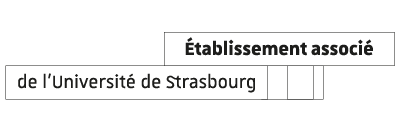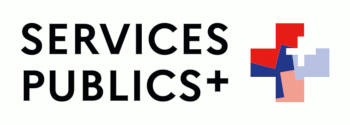Publication date: 20/09/21
ThemesNews
In order to make a successful comparison of different texts associated with The Book of Odes, an anthology of Chinese antiquity which has proved to be a tool for understanding society, Marie Bizais-Lillig decided to take the plunge and create a database. The researcher from the Research Group on Oriental, Slavonic and Modern Greek Studies has gained a USIAS fellowship to realise this project.
Marie Bizais-Lillig began studying Chinese in secondary school and developed a special interest in the classical Chinese language, which she “finds extraordinary in its density and art of suggestion”. During the course of her work on Chinese medieval poetry, she has specifically explored text reuse cases and their meanings. “To observe how poems respond to each other, explore the intertextuality network.”
In pursuing her research on the subject, she realised that one text in particular plays a leading role in this phenomenon: The Book of Odes1 a Confucian classic collection of 300 poems that dates back to the 6th century BC. “As of the 2nd century BC, everyone had to study it to enter the Chinese administration. However, the text was already difficult to read for scholarly persons who relied on written commentaries to grasp the meaning of these poems.”
Four months in the libraries of Taiwan
In 2015, the researcher discovered a unique commentary of the text. “As a rule, commentaries give indications to help the reader decode and understand the text. In this commentary, though, a line of the Book of Odes is taken up and followed by explanations about the insects, the trees and the animals mentioned. These explanations aggregate various bits of information to describe what the plant looks like, how it is used and consumed, what it is called in different regions …. Which is surprising, since it adds nothing to the understanding of the poem.”
In order to get to the bottom of this mystery, in 2017 Marie Bizais-Lillig spent four months in the libraries of Taiwan. “I wanted to know the reason behind the existence of this commentary, but also why it has been preserved and why it was re-published in the 17th century.” While she was there, she discovered that other similar commentaries existed concerning the objects and constellations in the Book of Odes. “I then understood that the purpose of this anthology of poems was to help elucidate and understand the world. These commentaries followed the very same line established by older ones, which identified key elements in the poems on how to behave properly in a couple or in society.”
Questioning the poetic genre itself
“In the meantime, I had noted that information found in the commentaries was sometimes introduced again in later texts. This sort of appropriation of elements found in knowledge-based texts in the body of poetry leads to questioning the poetic genre itself. What was the purpose of poetry? Did all these texts, poems included, play a role in the transmission of knowledge?”, asks the researcher who obtained a year’s temporary assignment from the French National Centre for Scientific Research (CNRS) in 2019-2020 at the East Asian Civilizations Research Centre in Paris.
In order to carry out further research on the texts and develop the tools for a corpus analysis that aims to identify specific rationales in the lexical domain and about the intertextuality, Marie Bizais-Lillig decided to turn towards computing and create an open database. “I made use of the lockdown to train and to see what research on texts had already been carried out using databases and computational analysis.” In 2021, she obtained a two-year USIAS fellowship, which will allow her to hire a post-doctoral computer scientist and a young researcher in Sinology to support her on this project. The first step is to digitalise and edit the Book of Odes, knowledge-based texts – commentaries, dictionaries, treaties, encyclopaedias – and two anthologies… “I hope to publish a first corpus in the summer and to have a model in September.”
Marion Riegert
1 also known as the the Shijing 詩經 or Classic of Poetry
















